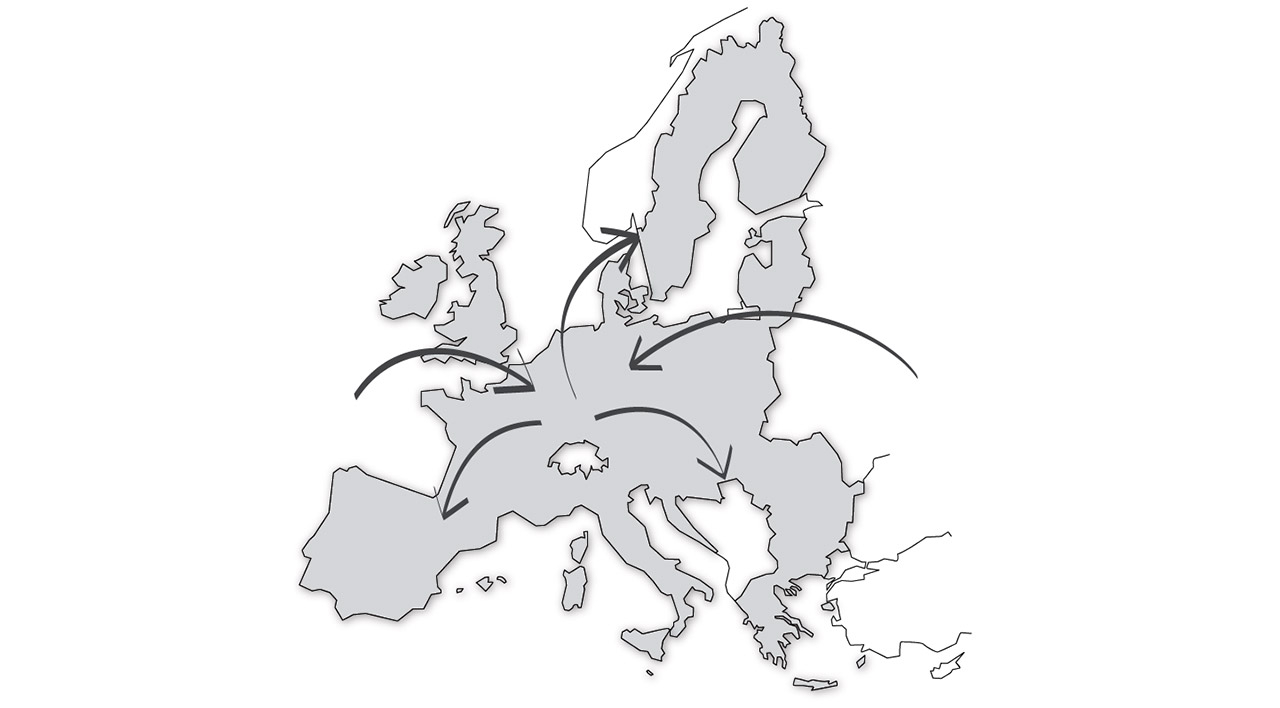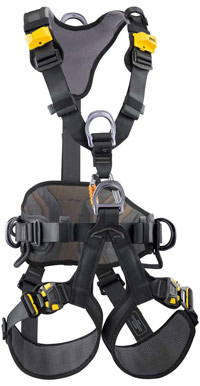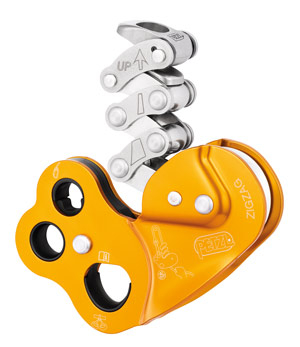Is the CE marking mandatory? In Europe, all products covered by a European regulatory text (a regulation or directive) must bear the CE (European Conformity) marking. For personal protective equipment, EU regulation 2016/425 (formerly the 89/686/EC directive) regulates the manufacture and marketing of fall protection PPE.
Difference between a directive and a regulation
A regulation is a Community law that applies to all member states in the European Union. It is directly applicable as written. A directive must be implemented by the member state itself. In other words, it is transcribed. This means that the state is free to choose the means by which it will implement the law. It must implement the directive by a certain deadline.
What is the purpose of the CE marking?
The CE marking reflects the manufacturer's commitment to comply with European legislation and is mandatory for placing a product on the common market. It does not mean that the product comes from the European Union. It allows the product to be marketed and sold anywhere within the EU.

How do PPE manufacturers obtain the right to place the CE marking on their products?
To obtain a CE marking, PPE are required to meet the essential health and safety requirements of EU regulation 2016/425.
These requirements cover such aspects of the product as ergonomics, comfort, safety, weight, and strength, although they do not provide any specific values. Only the various ‘harmonized’ standards define with greater precision any construction and performance requirements, as well as the information/markings that must accompany the product. Each standard covers a well-defined field of application.
A harmonized standard is a standard that can provide a presumption of conformity with the essential health and safety requirements of EU regulation 2016/425.
There are two cases for PPE:
CASE 1
PPE with a field of application that is covered by one or more existing harmonized standards.
CASE 2
PPE with characteristics or a field of application not covered by any standard.
In both cases, the manufacturer engages an independent notified body to conduct an EU type assessment. It is this assessment that provides authorization to use the CE marking.
What is an EU type assessment?
The EU type assessment is the part of the conformity evaluation procedure where a notified body assesses the PPE 's technical design to verify and attest that it meets the requirements for all current applicable regulations.
CASE 1
The PPE meets existing standards.
The EU type assessment is based on compliance with the standards requirements the product claims to meet.

AVAO BOD FAST international version:
Fall arrest, work positioning, and suspension harness (EN 361, EN 358, EN 813).
CASE 2
The PPE does not meet (or only partially meets) a harmonized standard.
This can happen, for example, when a product targets a new use not yet covered by existing standards, or if the product’s features are covered by several different standards without full compliance with any single standard. The manufacturer then submits technical specifications to the notified body to define the specific requirements (e.g. tests or technical information) either within or outside existing standards. It is the notified body that examines and approves the technical specifications.
The EU type assessment is based on compliance with the essential health and safety requirements of EU regulation 2016/425 as well as specific requirements approved by the notified body.

ZIGZAG: mechanical Prusik for tree care.
There is no existing standard that covers a device like the ZIGZAG. The ZIGZAG’s functions simultaneously address the standards for rope clamps and for descenders, with the specificity of using a doubled rope.
These devices are covered by EN standard 12841, which defines three types:
- Type A for backup belay devices,
- Type B for rope clamps,
- Type C for descenders.
To approve the ZIGZAG, the notified body in charge of certification decided to use the most relevant test protocols for types B and C as defined by this standard.
Function and strength tests from EN standard 12841:2006 performed for ZIGZAG certification:
- All tests were carried out in doubled rope configuration in accordance with the recommendations desciribed in detail in the product's Instructions for Use, using two different ropes of the minimum and maximum diameters as indicated on the device (EN 1891 type A rope, 11.5 mm and 13 mm).
- Function tests after exposure to moisture, heat (+50° C), and cold (-30° C) (requirement: less than 300 mm of device slippage on the rope).
- Tests for locking onto the rope (type C devices) for 3 minutes under a 3 kN load (requirement: less than 300 mm of device slippage on the rope).
- Tests for static strength (type C devices) (12 kN strength requirement, increased to 15 kN for the ZIGZAG).
- Drop tests for dynamic performance (type B and C devices): drop a 140 kg mass 1 meter on 1 meter of rope + 1 meter dynamic lanyard (requirement: the mass is not released + measure residual strength under 3 kN for 3 minutes).
- Test the ability to keep the speed of descent under 2 m/s without damaging the rope (type C devices); test conducted for 100 kg and 140 kg.
- Measure temperature increase of metal parts while lowering a mass (type C devices) (no parts in contact with the user heated to more than 48°C – see the Instructions for Use for more information).
(Note: certification tests are conducted by the independent laboratory of a notified body, which issues an EU type assessment certificate. During product development, Petzl conducted several tests on its own.)
Related: Petzl ASTRO Safety Harness - International vs Australian/European



